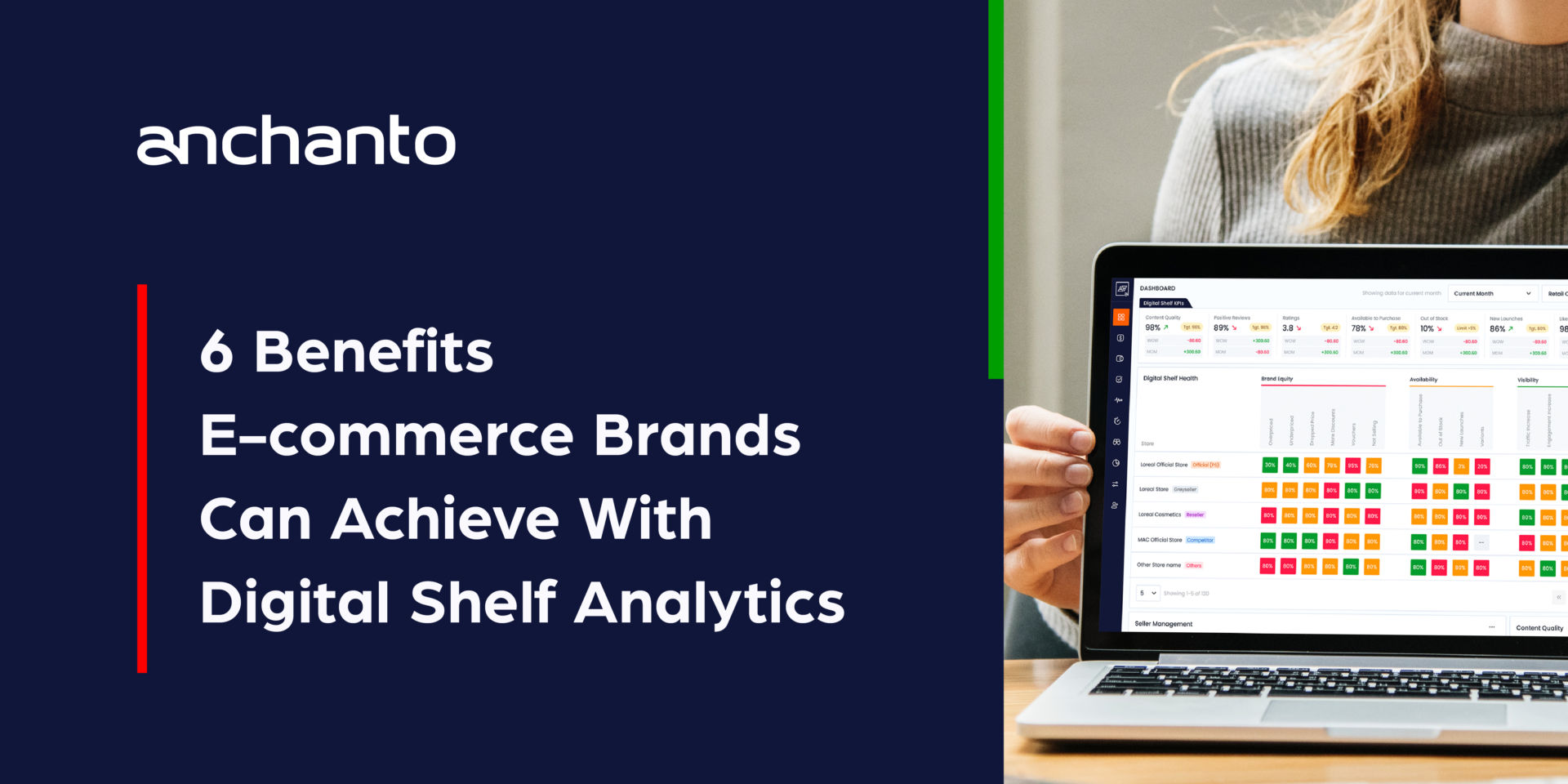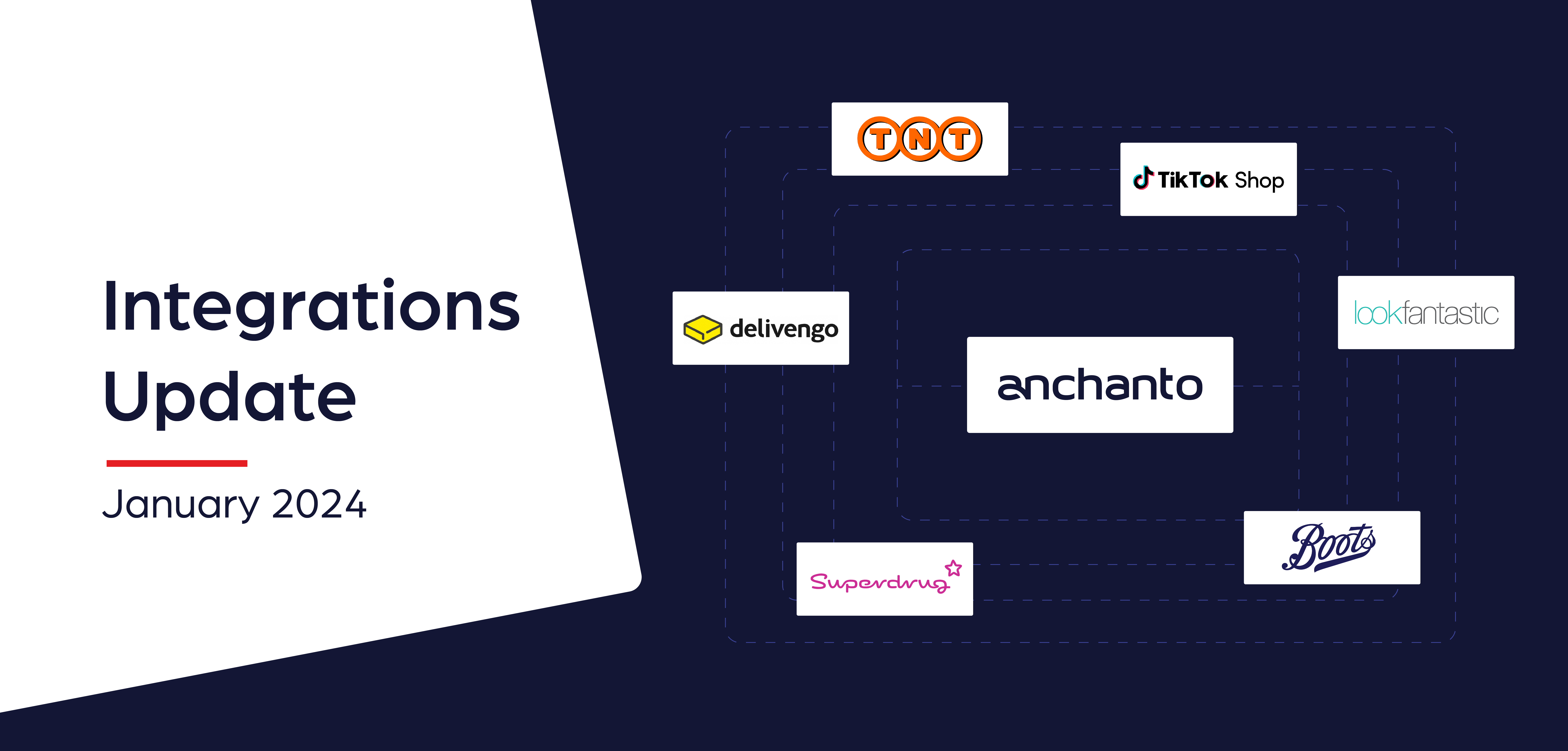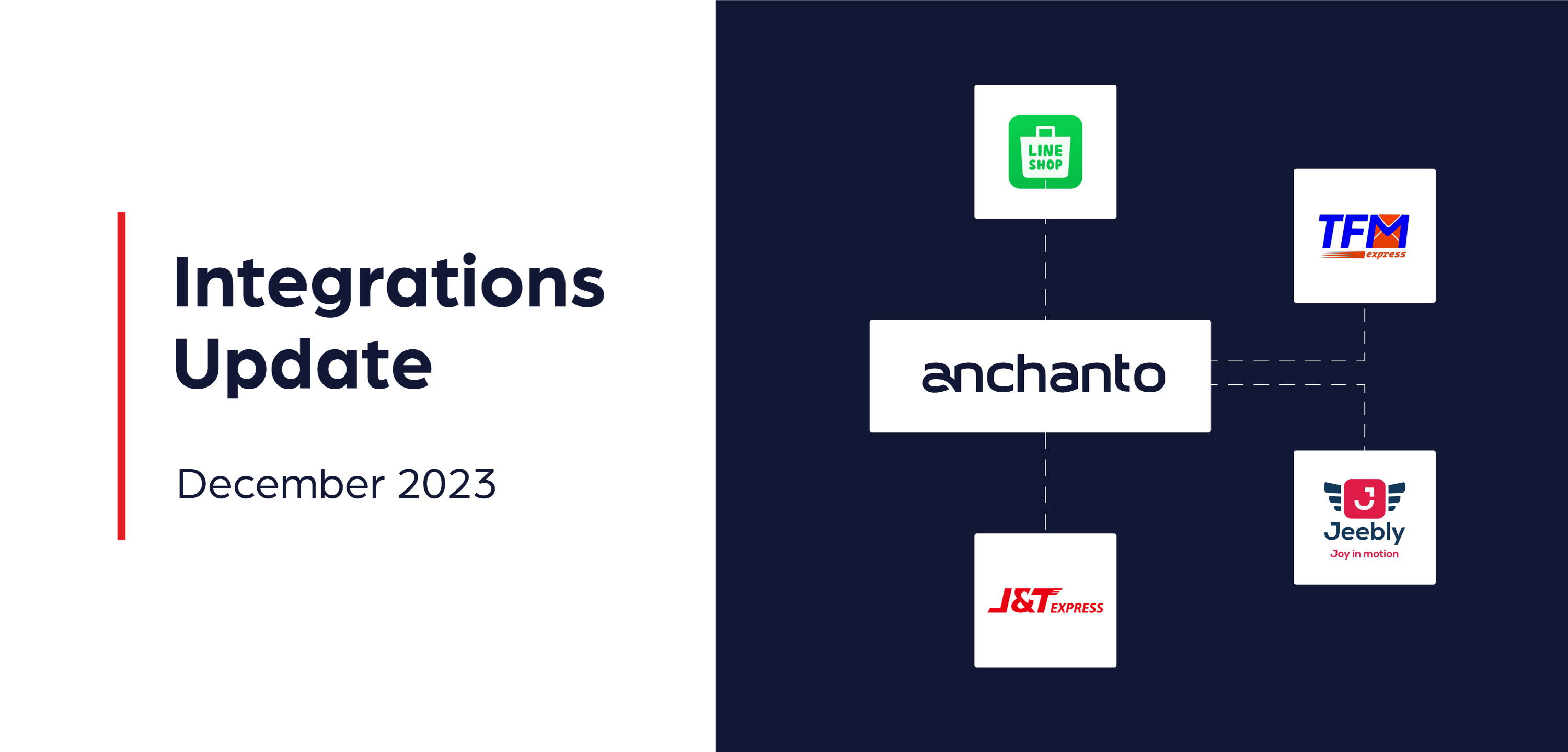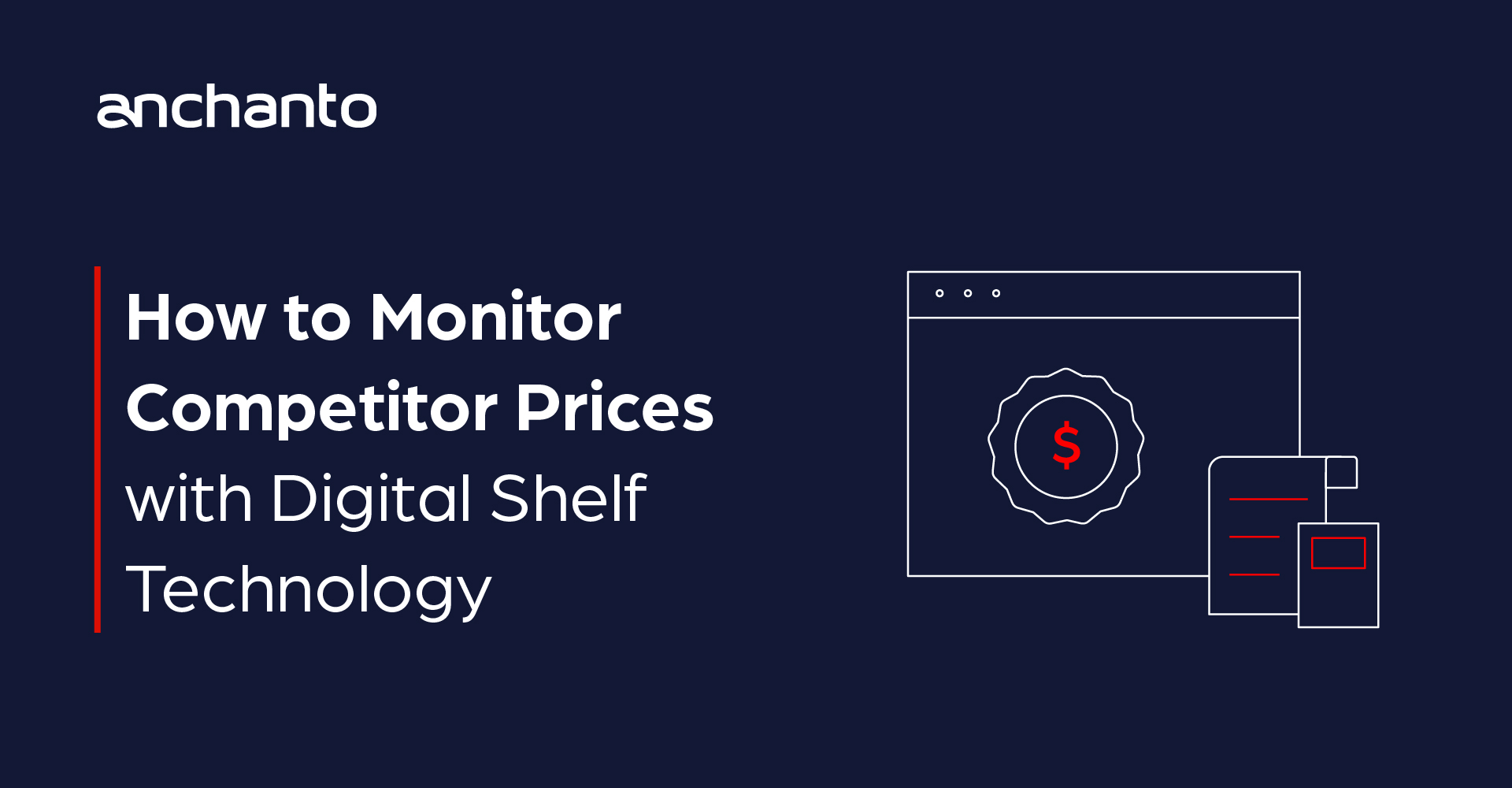
Order Management Systems 101-A Useful Guide to Selecting the Best for your Business
1. Introduction
While consumers were initially apprehensive about online retail, reports today show that 2.14 billion people currently shop online[1]. That makes up 27.6% of the 7.74 billion people in the world, which is a dramatic increase in recent years. As more people grow comfortable shopping online, it becomes a preferred means of retail, and their expectations develop considerably, surging e-commerce growth within and across borders[2]. But, even though this is every retailer’s dream come true, coping with the level of demand across different e-commerce platforms and markets is easier said than done.
In addition to the demand for product availability, the desire for a faster, seamless experience is the need of the hour. When consumers have an enjoyable experience purchasing products from online businesses, they naturally feel they are committed to lifetime value and relationships with them. In fact, 50% of customers say they will switch to a brand’s competitor after a bad experience, according to a Zendesk Trends Report[3]. But, it’s already apparent how important customer experience is. The challenge lies in reaching out to all potential customers and assuring them that they can enjoy the same level of experience across different retail channels.
To counter the strain and struggles posed by online selling, brands, and retailers need a digital framework to support their efforts and ensure they coordinate with customer expectations. Analysts believe that an order management system (OMS) is the key element of this digital infrastructure. According to their research, retailers seeing more than 10% growth are 208% more likely to have an OMS working behind the scenes. But, what is an OMS and how does it contribute to systematic large-scale retail? Keep reading to learn all about the concept and potential of different order management solutions.
2. What is an Order Management System?
An order management system or OMS is a centralized system that helps manage orders and inventory across different selling platforms. The system is designed to integrate with various primary platforms and partners within the online and offline retail ecosystem. This includes e-commerce platforms like Lazada, Amazon, AliExpress, various webstores, offline retail stores, delivery partners, warehousing partners, and authorized distributors. When an OMS is connected with these platforms and partners, it offers the brands using them sales visibility.
Many order management software also help create structured solutions to tackle the challenges of increased purchase volumes. For example, delayed order dispatch, inventory miscalculations, and incorrect deliveries can all be averted with the right OMS platform. This translates to improved inventory distribution, smoother sales, and happy customers.
An OMS also helps set up quick fulfillment operations within and beyond borders. With the technical infrastructure of an order management platform, brands and enterprises can roll out their primary omnichannel and multichannel strategies across regions in their country and abroad. They can tap into markets they’ve been waiting to explore, test out marketing campaigns, and even collect accurate customer behavior data.
3. Capabilities to Look for in an Order Management System

On a broad scale, an OMS is designed to make it quick and easy for brands to sell through various channels. But upon deeper examination, it is evident that different OMS platforms offer unique features for smoother business. For this reason, before choosing an OMS, it is vital for e-commerce businesses to look at their own business requirements and strategies in the pipeline. Accordingly, they can check to see if a potential OMS platform has the capabilities to meet their needs. To see how an OMS can support various business strategies while streamlining operations, here are a few key features to look out for:
A. Order Processing
Centralized Order Processing: For smooth workflows when selling through diverse channels, an OMS should offer centralized order processing to avoid delays or missing orders completely. All orders received across different web stores, marketplaces, and other sales platforms should be compiled into one dashboard. Every time customers place orders, a record must be made, and the relevant team alerted for the next step.
Automated Order Management: Once orders are received, the system should automatically process them. That is, the order information should be collected and sent to the relevant departments and partners to complete the order. The system must track and manage orders (even returns) in this way to ensure the appropriate distributors are updated in real-time to work quickly and prevent out-of-stock situations.
Real-Time Order Tracking: Through real-time order tracking, company strategists can view and track sales from every retail channel and stay updated about its progress throughout the order’s lifecycle. Should a delay occur, the OMS must display where the problem lies and how to remedy it immediately.
Accurate Order Reports: The real-time data recorded by an Order Management System should also offer accurate reports about purchases, returns, and sales for future reference. Assessing accurate data makes it easy to identify order trends and make informed decisions to outperform the competition.
Shipping Label and Invoice Generation: The moment orders come in, stakeholders at every level should be updated so they can spring into action and initiate the desired tasks. To make their lives easier, the OMS system used must prepare and generate shipping labels and invoices as well with precise details for all products. Then retailers, distributors, or warehouse teams simply need to affix these to the right package to establish error-free delivery.
Peak Season Order Processing: Processing thousands of orders during the peak season can be intense and complicated due to the sheer volume of orders. But the appropriate OMS can subdue the stress for brands and distributors experiencing peak season pressure. The system should be able to track all the orders to identify the channels drawing the most sales. It should also offer the opportunity to implement process plans that help control order flow and completion.
Partial Stock Order Management: This feature is meant to enable partial order processing. Systems that offer it will ensure orders are fulfilled based on inventory availability. Once stocks are replenished the remaining half of the order will be fulfilled.
B. Inventory Management

Centralized Auto Sync Inventory: With all inventory marked and recorded by an OMS, live inventory data should be available for review in one place, at any time. Even better, the system should update every platform selling the brand’s products. With centralized auto-sync inventory, all online listings will be updated based on inventory levels at the brand’s warehouses, and even their retail stores in nearby areas. According to the real-time inventory levels recorded, shoppers must be alerted when stock is available or not at any outlet or online retail platform they visit (thereby avoiding order cancellations and poor experiences).
Inbound Stock Planning: A reliable OMS must also aid with inbound stock planning by tracking the quantities of stock allocated to distributors and retail partners and then comparing the sales they make. Based on the analytical results, future inventory disbursement can be modified proportionately. The OMS system used should allow for inbound stock planning based on regular sales, seasonal sales, promotion trends, and more.
Sophisticated Inventory Reports: Similarly, with sophisticated inventory reports, brands can determine which platforms, distributors, or retail chains are doing well and which aren’t. With these details available, they can even uncover critical issues. These problems may pertain to
inventory flow from manufacturers to the point of sale or from warehouses to the customer’s home.
Multi-Warehousing Management: An Order Management software that can manage inventory at multiple warehouses across different geographies offers great scope for expansion. It will display stock quantities across product lines in all warehouses and procure details of daily dispatches. It may even send out inventory replenishment alerts automatically.
Batch and Expiry Management: To help stay on top of product expiries and the newest items in stock, an OMS should maintain records of all product details. With the help of this information, brands can verify which warehouses have sufficient stocks of the latest products and quantify expired goods (or those no longer tending), so they are taken out of rotation.
Buffer Stock: Some OMS platforms can even maintain buffer stocks. This can be preset in the system, so the relevant teams are alerted when a warehouse in a specific district is running low and needs inventory replenishment.
Kits and Bundles: To clear out stock or stimulate big purchases, an OMS should be able to design product kits and bundles. A kit could include a set of similar products like different components of fitness attire or a party pack of different crisps and snacks. All of the items sold in kits can also be sold on their own, and the OMS should be capable of tracking how individual products are purchased and accordingly calculating inventory levels. Similarly, if the plan is to bundle different items for promotion, the same principle must apply, and the system should allow marketing teams to design and price their product bundles and kits as per their promotion plan.
C. Integrations

The main purpose of order management software is to help simplify operations and control all the company’s digital selling platforms centrally. But, an OMS that syncs with other technological programs, systems, or setups can be really helpful. For example, it could integrate with different marketplaces and web stores for centralized order and inventory management. If a brand has offline retail stores, suppliers, and distributors, their OMS needs to integrate with the POS (Point Of Sale) they use.
To track the progress of the fulfillment process, the Order Management System should have the ability to integrate with fulfillment partners and last-mile carriers. Integrations with ERPs, WMS, accounting and financing tools, etc., will also aid in other areas of business. For example, if a company integrates its QuickBooks with an OMS that supports this integration, financial records will be updated automatically in an organization’s QuickBooks account every time a sale or return is made. To facilitate system integrations, a strong library of integrations and a robust API are vital. This will facilitate smooth data transfer from distributors or the point of sale to the teams that require this data like accounts, sales, marketing, etc. The appropriate system integrations with an OMS will also support smooth order management.
D. Analytics and reports

Single Source Of Truth: An OMS should be able to provide accurate real-time data about sales, orders, and inventory. With a single source of truth providing precise data, the relevant teams can make quick, error-free analyses and implement smart decisions.
Regional and Global e-commerce Sales Data: The analytics and reports generated through an OMS should span beyond regional e-commerce sales data. If brands have global extensions for retail, this feature can prove useful for performance assessments and other reports.
Customizable Reports: All reports acquired through an OMS should allow customization as per the business’ requirement. This will help to make business predictions for each quarter, season, new product launches, promotions, and more. By making calculated decisions, organizations can minimize risks and maximize financial returns.
Sellout Data Collection: After transferring inventory to distributors across the country and beyond, a retailer loses visibility of its products. This makes it difficult to determine which channels sell more of their products. Similarly, the brand will not know the challenges customers face when purchasing their goods through various distribution channels. With an OMS connecting the brand to its distributors’ operations, they should be able to track their products at every stage of the sales process, and receive insights about returns, exchanges, etc.
E. Omnichannel
Click and Collect: An OMS that supports a click-and-collect retail strategy will allow shoppers to choose items they’d like to buy and pick up themselves from a warehouse or store nearest to them. This feature allows for convenient shopping and faster order fulfillment.
Store Pickup: This form of omnichannel retail can also be supported by an OMS. If a brand has a single store carrying their goods in a customer’s location, the order management dashboard should alert the shopper of the same. They can then choose whatever they like online and then pick it up from the store at their convenience.
In-Store Pick, Pack, Dispatch: A smart OMS that supports an in-store pick, pack, and dispatch strategy, can also aid in a better customer experience. Under this strategy, customers can shop online and have a brand’s nearest offline retailer deliver the purchases to the customer. This will ensure SLAs are met, and customer expectations are exceeded.
POS Promotion Integration: In the case of offline purchases, an OMS with POS promotion integrations can track these transactions. All purchases made at a company’s brick-and-mortar outlets via POS will be recorded by the OMS, and inventory details will be adjusted accordingly in that location and centrally.
Multi-Store Fulfillment: Some proficient OMS can also handle multi-store fulfillment with ease, provided their payment systems are integrated with the order management platform. In addition to this and accurate data collection, the software will guarantee visibility across the brand’s offline channels.
Automatic Order Routing: Certain OMS platforms with newer advancements save all the locations of a brand’s warehouses and retail outlets, then map them out. As a result, every time a customer places an order, the system will match the delivery location with the distribution center closest to it. Once matched, the relevant distribution center will receive the order, and dispatch will begin. Through automatic order routing, brands save money on shipping and reduce delivery time, which can lower prices and speed up order processing.
4. Top Benefits Of Using An OMS
A powerful OMS with top-notch features can transform retail operations with smoother processes, more visibility, and better control. Implementing an order management system can also help examine supply chain bottlenecks and make improvements where necessary. To help you see what this platform can really do for your business, here are some of the solutions it provides to various retail challenges.

a. Better Order Processing
One of the primary benefits of an OMS is control over listings and orders across global sales channels through a single dashboard. That way, companies can have a centralized view of their sales across channels. They will be alerted of order quantities in real time, with relevant details in one place, no matter where the orders are generated. With the order information collected by the system, it can trigger the fulfillment process quickly, correctly, and as per SLAs.
b. No Mistakes
Besides centralizing order-related information, an OMS eliminates human errors. As it automates order and inventory management across several retail channels, the exact order details are then conveyed to fulfillment teams to pick, pack, and ship the desired item within a matter of seconds. Similarly, the system ensures that inventory is uniform across all selling channels, so shoppers don’t order out-of-stock items.
c. Lower Cancellations and Returns
With automated order processing, brands can remove the possibility of incorrect shipments. Every order placed will be correctly conveyed to the appropriate fulfillment centers for quick and accurate deliveries and reduced returns. Moreover, as inventory will be managed centrally, the system will prevent shoppers from placing orders for items that are out of stock, which otherwise may cause unnecessary cancellations. Also, given that product listings across different sales channels will be uniform, clients will feel confident in the brand’s offerings. They will be less likely to change their minds about orders placed or received through a specific retail channel.
d. Scalability
Another advantage of an OMS is that it evolves with requirements. An order management solution can cater to any volume of orders as the software is designed to offer flexibility locally or globally. With the ability to automate several functions like sales, payment, and order processing, all a retail brand needs is an engaging strategy, and the system will provide the tools to execute it.
e. Lower Costs
An OMS automates repetitive functions that consume a lot of time when done manually. For example, listing products across several platforms. This can be a real headache that burns through time and resources. The same goes for inventory updates, price revisions, and other data-related changes that must be made from time to time for different retail platforms and warehouses in different locations. With order management software, irrespective of the size of the product line or number of listings online or in-store, a brand can keep them updated at the click of a button. And this can be handled by a small in-house team thus reducing human resource expenses, time wastage in training, and even errors.
f. Improved Sales
The peak seasons of e-commerce can bring in all kinds of mayhem with higher-than-normal order volumes. This can cause order management and fulfillment processes to cave quickly. But, a well-formulated OMS can bring about a fortified structure to cope with the surge in demand. For starters, it centrally manages inventory keeping brands aware of their sales and stocks, and clients about product availability across different platforms. Some systems can also go a step further and provide sales records of the previous season’s data for past performance assessments and future progress plans. With past data reports for inventory and sales, it’s easy to pinpoint where the numbers dip and determine what actions to take. The reports can determine which items to put on sale based on present and past responses. The data that the order management platform collects may even help budget mass promotional offers and maintain sufficient stocks.
g. Better Resource Management
By replacing manual processes with suitable order management software, organizations free up resources for more important tasks that technology cannot handle on its own, like customer satisfaction. Additionally, based on the real-time reports generated by an OMS, they can analyze the numbers to see how target audiences behave and accordingly create new processes to push sales in new or non-performing regions.
h. Seamless Integrations
In addition to its compatibility with different marketplaces, order management platforms also have the means to integrate with company infrastructures like accounting software, customer service setups, marketing tech, and more. In some cases, an OMS may have an open API to establish third-party connections with the systems the company uses. That way, they can enjoy seamless operations throughout their business.

5. Conclusion
If you’re looking for ways to enhance your business operations to cope with the acceleration in e-commerce demand, an order management system certainly has a lot to offer. It is a convenient and productive system that makes business goals of varying sizes attainable. Besides an OMS, investing in other forms of technology can also help a business stay ahead. However, it is vital to choose tech solutions based on their ability to help the business progress. Technology should be at the forefront of business strategies as more people embrace the digital world and an amalgamation of online and offline setups. It should pave the way to new markets and support quick, error-free strategies. That way, the business can stay on top of its game no matter what competitors do or how the market changes.













